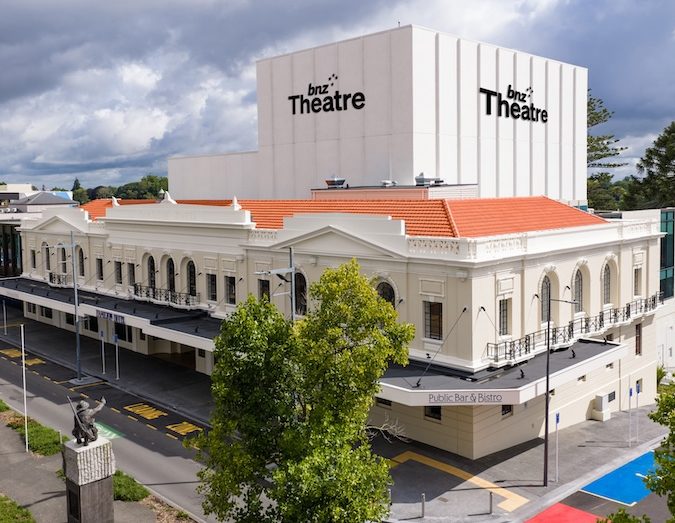
Custom design greenery company, Outside In, and leading architecture practice, Jasmax, have won big at the International Plantscaping Awards for their one-of-a-kind and prestigious biophilic design of New Zealand’s largest litigation firm, MC.
Outside In and Jasmax won the Diamond Award at the International Biophilic Design Awards in Tampa, Florida in the United States for creating a unique workplace which reflects MC’s bold and holistic commitment to staff wellbeing.
Creative Director of Outside In, Ryan McQuerry, says biophilic design is creating a space inspired by nature and using natural materials such as natural lighting.
“The idea is that humans are meant to interact with nature and that we’re more comfortable, relaxed and at peace when a space is designed with a biophilic design lens,” he says.
McQuerry adds that it is proven that workplaces that integrate biophilic design, their employees are more likely to enjoy working in that space.
“They are likely to be more comfortable, be able to complete focused work more easily, be less likely to be affected by stress and generally enjoy working in that space more than a workplace devoid of these principles,” says McQuerry.
Read more: The design behind Auckland City’s newest high-rise.
“It is also important to get people closer to nature as it really helps with mental wellness. Nature has a stress reducing impact on our mental state.”

The MC workplace is heavily inspired by the Waitākere Ranges and includes a living terrarium with an abundance of plants that are carefully arranged to simulate a bush walk.
At the heart of the workplace, a terrarium is found, providing staff with a space for contemplation, informal meetings and the opportunity to experience a calm and restorative effect thanks to nature.
Partnering up with architectural practice Jasmax, Outside In was able to create a “bespoke growing medium called Forest Floor”, a first of its kind in New Zealand.
Both Outside In and Jasmax say the sensory experience has been enhanced thanks to biophilic design, with the ratio of oxygen in the air increasing, the air is cooler, lighting is subdued to replicate being beneath a tree canopy and the sound of the forest and native Kiwis birds are being played to provide a replication of the natural world.
The design was commended for the balance of direct and indirect connections to nature, with the Biophilic Design Awards stating that the project “epitomised the idea of Biophilic Design”.
Across the world, biophilic design is becoming more and more common in major cities where there is a lack of nature.

“I believe it is more of a paradigm shift for design versus a trend. If you look around the world, more cities are adopting this approach, not just for interior spaces, but for the entire urban experience,” says McQuerry.
“People prefer to work in a city that is beautiful and integrates nature into the architecture versus cold hard spaces devoid of nature. I believe we will see these principles more and more as people become educated on the benefits of doing so.”
He also adds that the uptake in biophilic design comes with the change in focus on climate issues and creating more sustainable and healthier cities.




